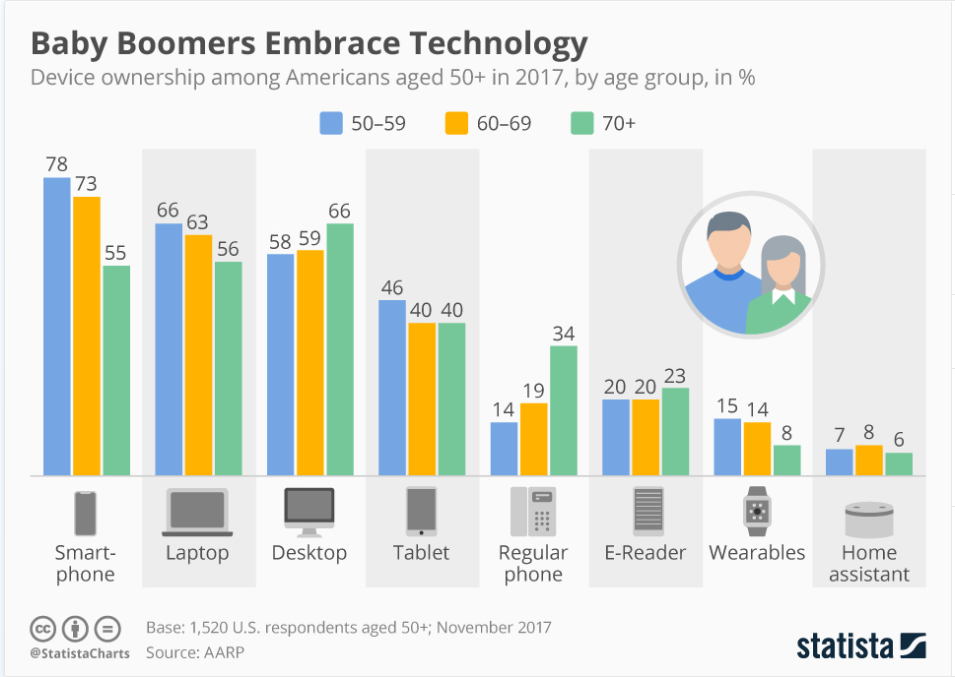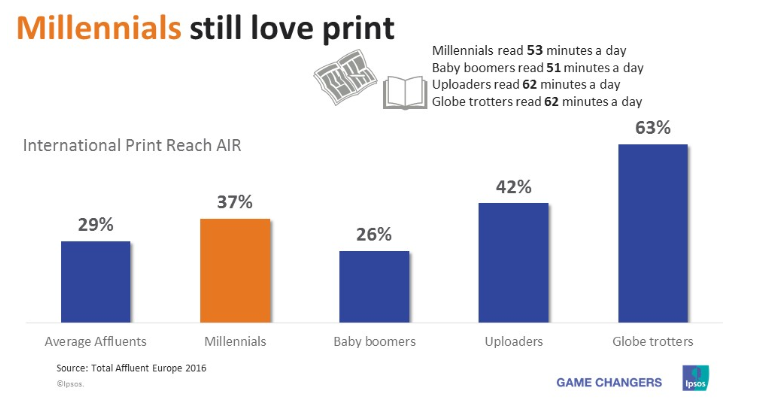With Baby Boomers staying in the workforce longer and Gen Z being the first “fully digital” generation at work, B2B marketers have a tricky challenge. Effectively marketing across five generations – Baby Boomers, Generation X, Millennials, Gen Y and Gen Z – means taking a strategic approach to multi-channel campaigns and content.
“We live in a multi-channel world with digitally connected devices that are always on. We receive marketing messages, ads, and alerts from many platforms, devices, apps, and websites,” writes Lois Ritarossi in Printing Impressions. “There are five generations in the workforce making buying decisions for consumer and B2B products and services. Marketers must define and deploy omnichannel strategies to engage with their various customer segments in the channels the customers prefer for different types of communications.”
Those customer preferences may seem obvious – digital natives want everything digital, and Boomers hate smartphones, right? The reality is digital natives often long for human and tactile interactions. They appreciate unplugging away from work hours and recognize the downside of too much time on social media. And Baby Boomers are embracing technology to help stay connected and in touch.

Image source: Statistica
Meanwhile, Millennials have a real fondness for print, especially when the information “matters.”

Image source: Ipos.com
This multi-generational and cross-channel reality means marketers are once again embracing traditional media like printed magazines, catalogs and direct mailers that may have been considered obsolete when digital natives started making up more and more of the workplace.
“Great print and well-designed catalogs and direct mail create engagement and demand attention that drives e-commerce sales,” Ritarossi writes. “Retailers are using demographic and spending data to optimize when to send catalogs and direct mail focusing on key times such as holidays, life events — such as moving — or targeted direct mail for abandoned e-commerce shopping carts that spur spending.”
It’s beyond question that technology has changed how we communicate with and engage our B2B audiences. What hasn’t changed? The fact that we are all humans, with an innate attraction to the real and the tangible. This is the reality of marketing today, no matter what generation you aim to attract.

November 29, 2019, 1:29 pm